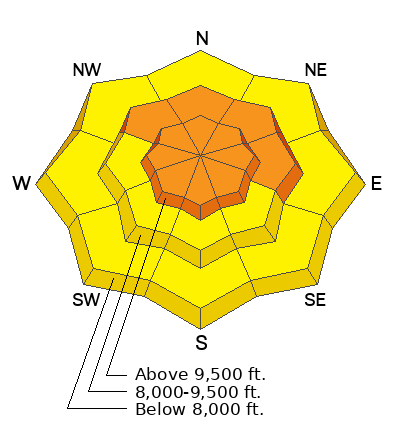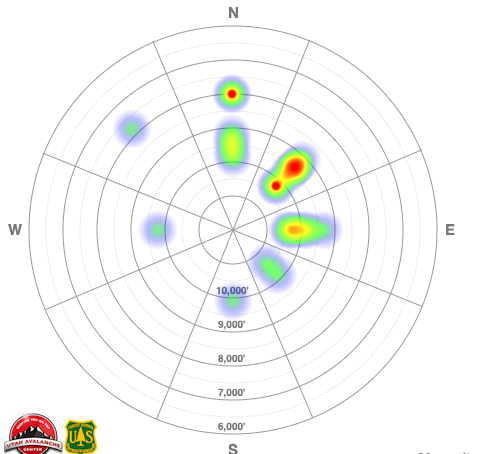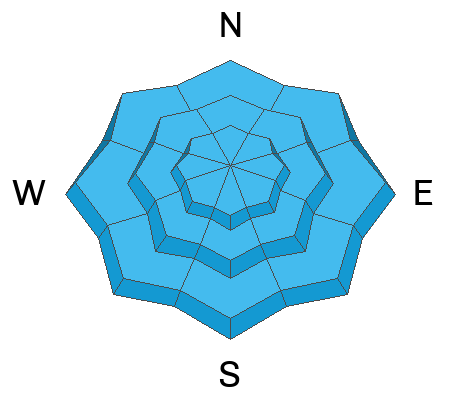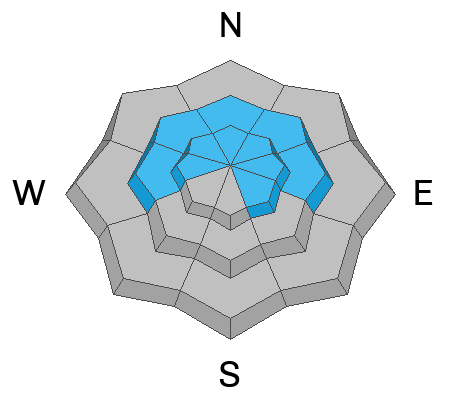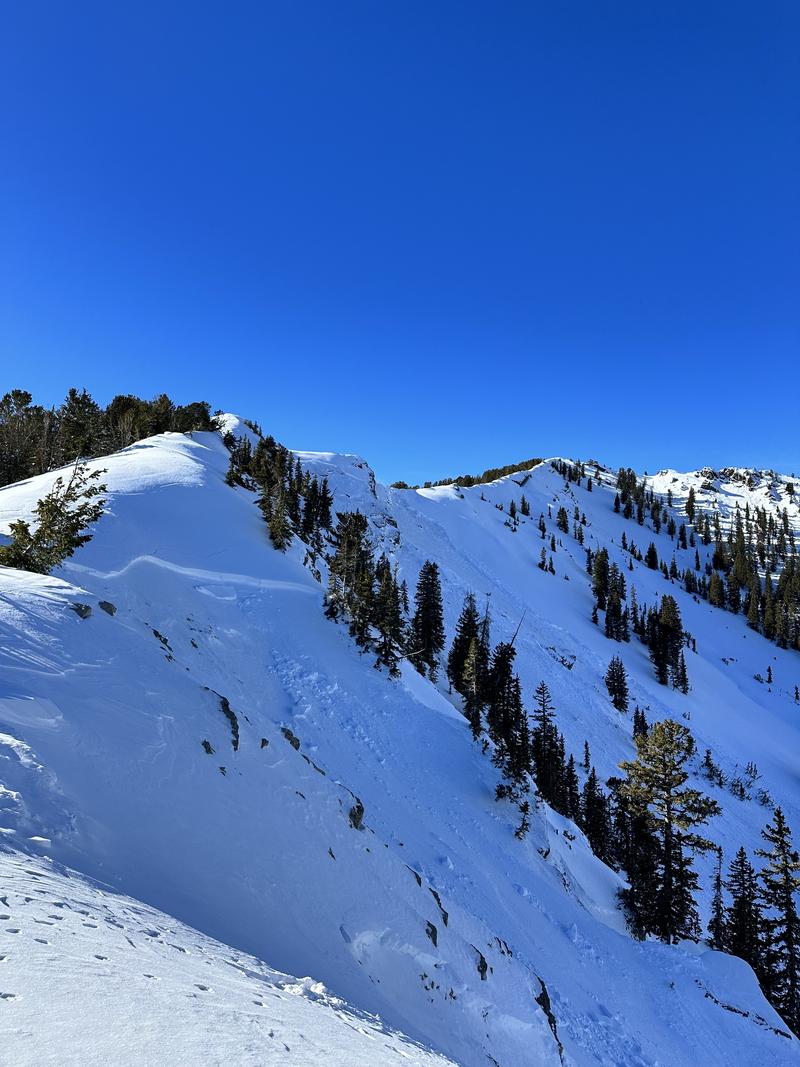This Morning: As of 6 am, 6-9" of snow has fallen in the Cottonwoods and along the Park City ridgeline, bringing 24-hour snow totals close to one foot. Temperatures are a few degrees on either side of 15° F and winds are from the west/northwest, averaging in the teens with gusts in the 20's and 30's mph at mid-elevations, and averages in the 30's mph and gusting into the 50's mph at the upper-most elevations.
Today: A
Winter Storm Warning has been issued for the Wasatch Mountains through 11 pm tonight, with periods of heavy snow on a cold, northwest flow, delivering 10-14" by nightfall. Temperatures will remain in the mid teens F. and the gusty northwest winds will average in the teens and 20's mph with gusts into the 30's mph at mid elevations. Wind speeds at the upper elevations will average in the 20's and 30's while gusting into the 50's mph.
This Weekend: We'll squeeze out a few additional inches of snow overnight, and the weekend will feature cold temperatures, partly-sunny skies, and light to moderate winds from the west/northwest.
The last reported avalanche from the backcountry occurred on Wednesday where a skier remotely-triggered (that is, triggered the avalanche from a distance) a wind slab in
Radar Love Bowl, along the Park City Ridgeline, on a Northeast aspect at 9700’. This slab broke 18" deep and up to 125' wide, failing on the persistent weak layer down near the ground.
This heat map shows avalanche activity in the Salt Lake mountains since December 1, the onset of when we began to overload the persistent weak layer.

